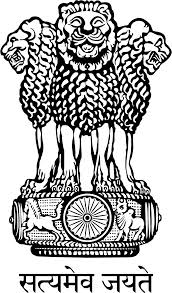National Kala-Azar Elimination Programme
BackA. Kala-azar Elimination Programme
- Government of India launched a centrally sponsored Kala-azar control Programme in 1990-91. The programme was intensified during the year 1991 resulting in reduction of morbidity and mortality to 22625 cases and 277 deaths in 1995 in comparison to peak incidence of 77102 cases and 1419 deaths reported during 1992. Central Government provides 100% operational cost for spray wages, transportation etc. to the State Governments, besides anti-kala-azar medicines, drugs and insecticides since December 2003.
- The Government of India reviewed Kala-azar Control Programme in the year 2000 and recommended feasibility of its elimination from the country. The National Health Policy (2002) envisaged kala-azar Elimination by 2010 which was revised later to 2015. Now Kala-azar is targeted for elimination by 2023 though WHO NTD Road Map goal is 2030.
- NCVBDC is providing HR support at state and district levels, Vector Borne Disease Technical Supervisors (VBDTS) at block level for strengthening, monitoring & supervision in 33 districts of Bihar, 4 districts of Jharkhand and 11 districts of West Bengal.
Presently all programmatic activities are being implemented through the National Vector Borne Disease Control Programme (NVBDCP) which is an umbrella programme for prevention & control of vector borne diseases and is subsumed under National Health Mission (NHM).
Goal
- To improve the health status of vulnerable groups and at-risk population living in Kala-azar endemic areas by the elimination of Kala-azar so that it no longer remains a public health problem.
Objective
The objective of the programme is to reduce the annual Kala-azar case incidence to less than one case per 10000 population at block level by the end of 2023.
B. The Elimination strategy
Government of India adopted the following strategies:
- Early diagnosis & complete case management
- Integrated Vector Management and Vector Surveillance
- Supervision, monitoring, surveillance and evaluation
- Strengthening capacity of human resource in health
- Advocacy, communication and social mobilization for behavioral impact and inter-sectoral convergence
- Programme management


























